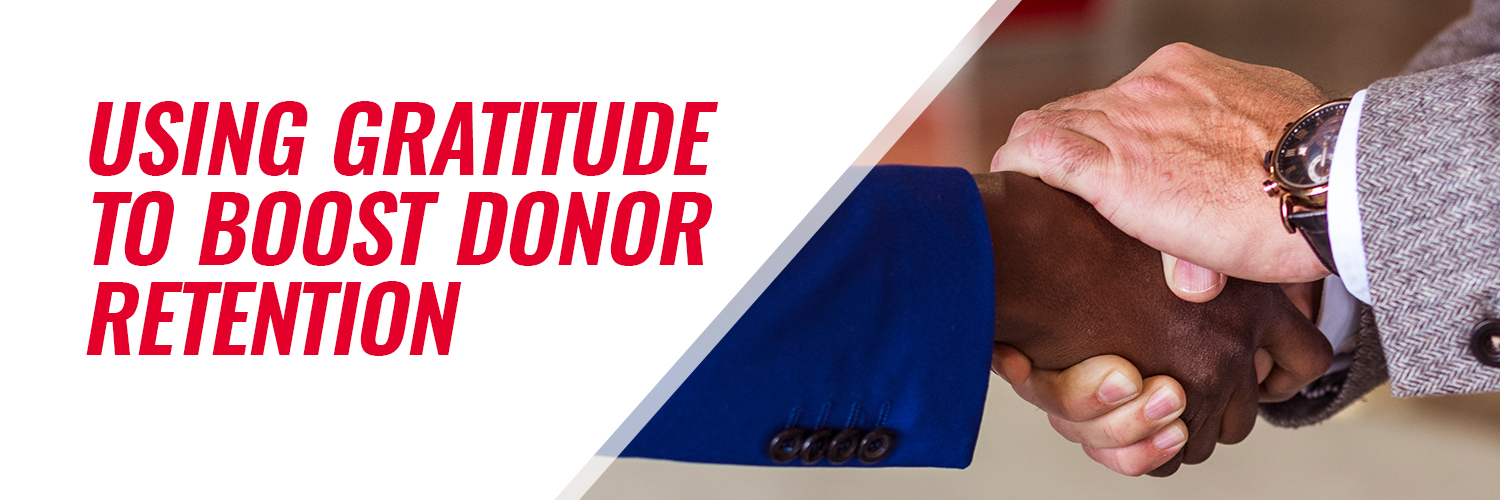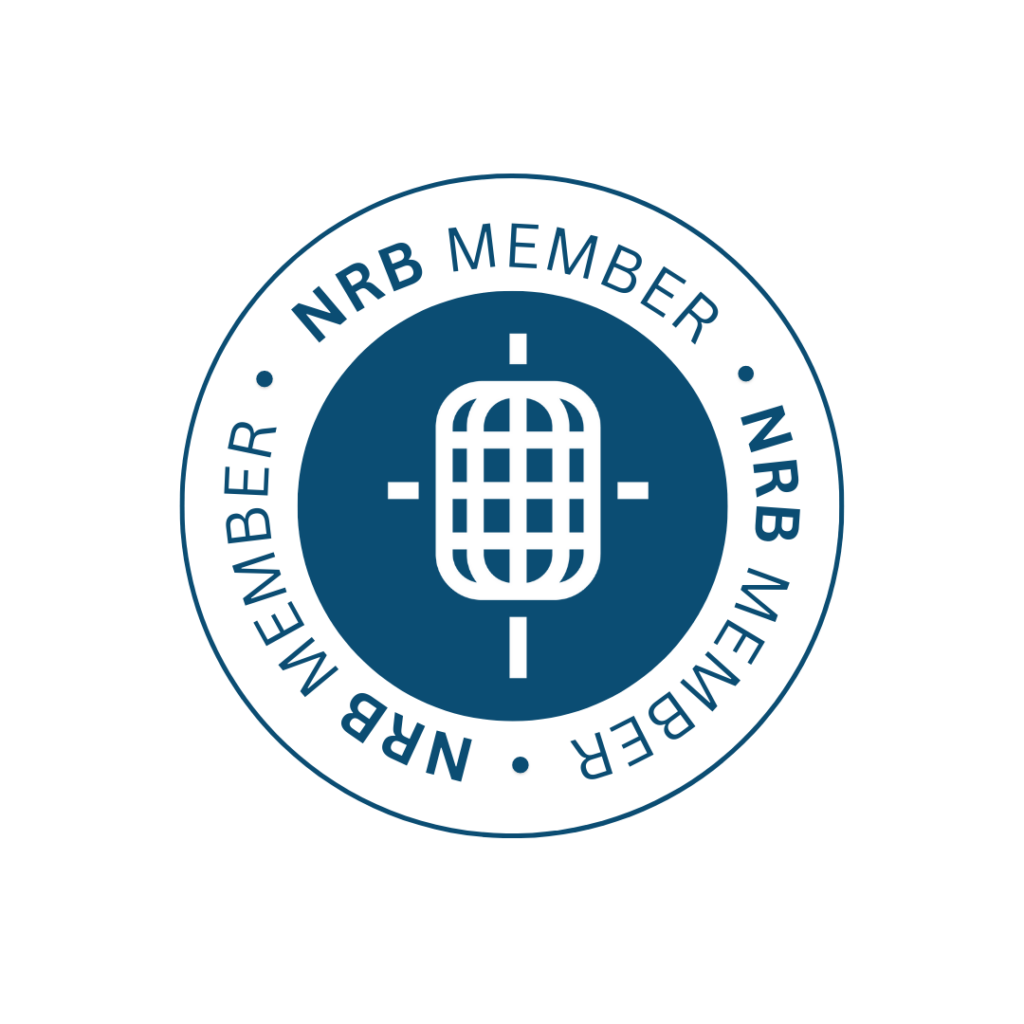Using Gratitude to Boost Donor Retention
With donor retention numbers dropping across our sector, I decided to reach out to a circle of my friends to learn their experiences about why they give.
I asked each of them the same question, hoping their answers would help me understand why donors give financially and more importantly, how are charities and nonprofits responding to them?
Most of them had very different personal motivators behind why they gave. One person gave monthly to a food bank because they cared deeply about the homeless crisis in their city. They felt that the food bank was proactive in addressing an alarming societal issue. Another friend gave once a year to a charity of their choice, at random, simply because of the tax benefit. And yet another supported an organization because they’d personally met the people their donations were helping.
But of all the answers I received, there was one common characteristic to why my friends gave . . .
They gave because it made them feel good.
This made me think . . . how did the organizations communicate with them after their initial gift? Was their joyful, warm feeling of giving their first gift matched with an equally warm and thankful response from the organization?
There is a science behind why donors give to charities and nonprofits, and it’s a behavior that can be directly influenced by what we, as fundraisers, communicate.
Here are three ways that you can influence your donors’ giving patterns and potentially increase retention rates:
Thank You Letters
Your donors don’t have to give anything, but I think sometimes we incorrectly assume that they will. That’s a dangerous way of thinking, so getting into the habit of thanking a donor after EVERY gift, no matter the size, will build an important foundation for future solicitations. Best practice is to send these thank you letters within 24-48 hours of a gift being received, confirming in your donor’s mind that their gift has been received and allocated correctly.
Spend the time making every thank-you letter unique, remembering that every gift is the start of a new stage in the donor relationship.
You can read more about how to craft the perfect thank-you letter on our blog.
Newsletters
One of the most underrated tools at your disposal is the quarterly newsletter, with one big caveat—it must be about the donor.
Focus all your messaging and language around them by celebrating the incredible work they have done, told through emotionally charged stories and eye-catching photographs. Your newsletter should report back on the impact of their gifts, making specific mention of previous appeals, and when used in conjunction with donor-focused language, it will illustrate what has been accomplished since their initial gift was made.
The newsletter allows you to provide a big, gushing thank you to donors, telling them how their gifts made the world a better place and, believe it or not, ask them for their help again.
Yes, the back page of your newsletter is a great place to include another story of need, accompanied by a soft ask. And if you’ve written your newsletter well and made the donor the hero, then adding another offer won’t be seen as intrusive, but rather another opportunity for the donor to participate in your mission-driven work.
Phone Calls
Your donors attach meaning to their gifts, and in a very significant way. To this end, a phone call to acknowledge a gift has the potential to dramatically influence donor value.
Let’s say that a donor who gives two, maybe three times a year receives a heartfelt phone call from a volunteer at your organization. She’s surprised and delighted to hear from you, and now she can put a name to the work she’s supporting. She continues to receive friendly phone calls in addition to thank-you letters and quarterly newsletters. She feels valuable, known, and part of the work that you do. And she loves it. When she receives some unexpected income, she immediately decides to share it with your organization—the only charity that has taken the time to call her, thank her, and build a relationship.
Something as simple as a phone call, a thank-you letter, or your quarterly newsletter, if executed correctly, will make your donors feel wonderfully appreciated and could turn a $25 donor into a committed advocate, with promising lifetime value.
Our team is happy to help advise you on what strategy may work best for your organization, but you’ll never know unless you try.
Related articles
-

More Than Just Work
As a young Christian professional navigating the conundrum of aligning my beliefs into a purposeful career, I’ve been blessed to…
-

What to Think of Artificial Intelligence and Its Impact on Fundraising . . .
In trying to summon an image to represent our theme for this issue of Donor Focus, I found myself drawn…
-
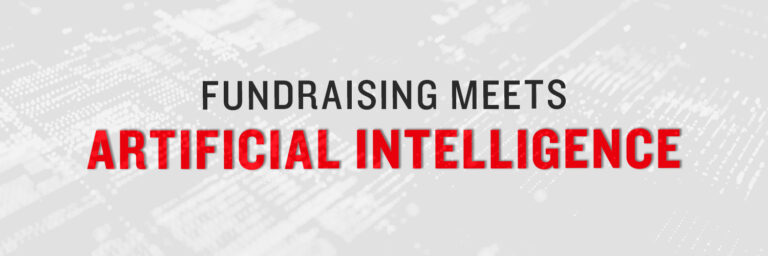
Fundraising Meets Artificial Intelligence
In this article, we’ll explore the captivating realm of AI-powered fundraising efforts—the boundless benefits and intriguing challenges that arise when…

